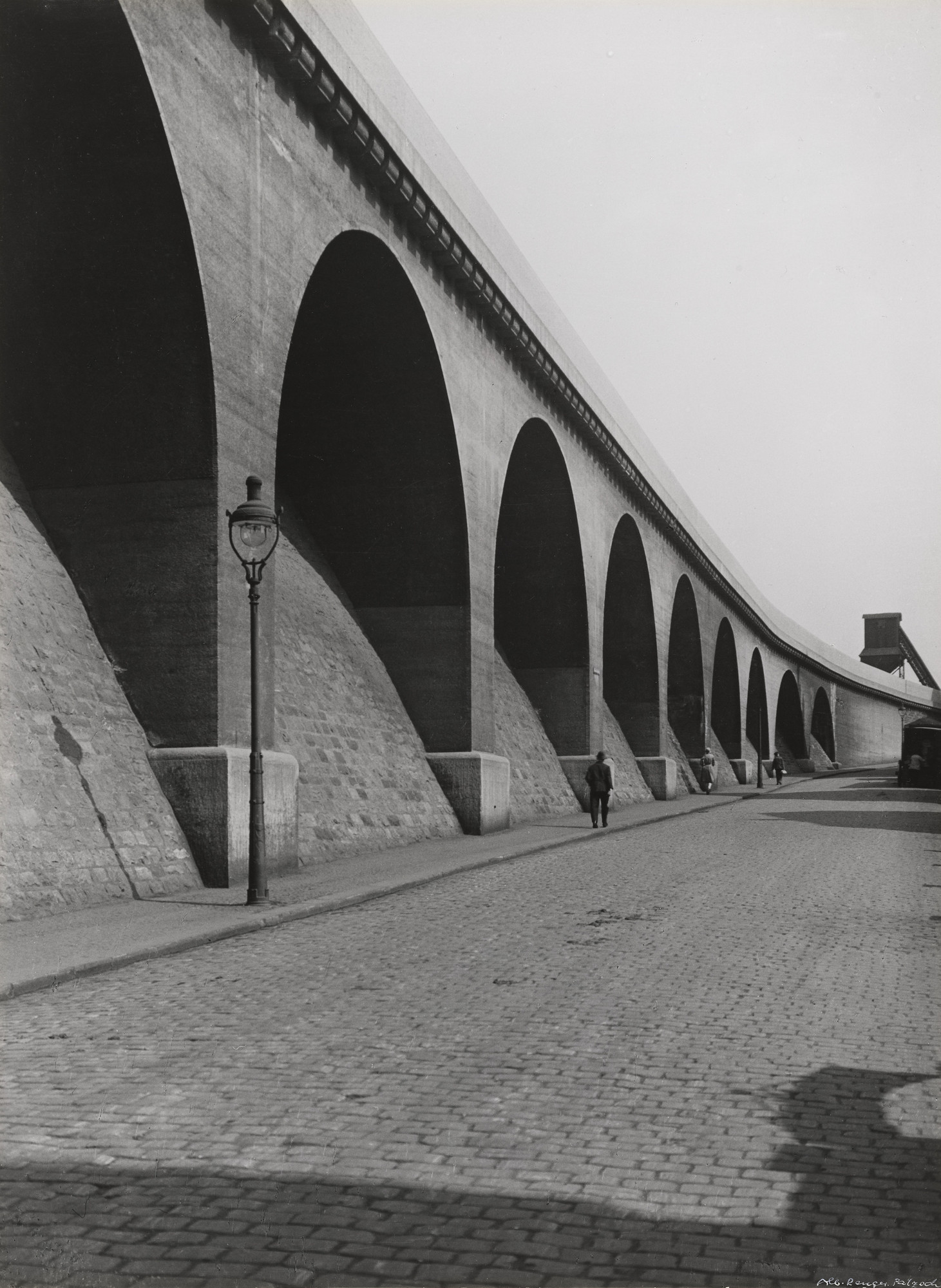Albert Renger-Patzsch was a German photographer highly associated with The Objectivity

Born in 1897 Wurzburg and died in 1966. He lived and worked in Essen and Wamel, Germany. Renger-Patzsch was an inspiring photographer, because he branched away from the sentimentality and idealism of a previous generation. In the 1920s, Neue Sachlichkeit (New objectivity) was produced in a German art, architecture and literature. Albert applied these ideas and attitudes towards certain things to his own work, and used these thoughts to adapt his camera to produce a true reflection of the world. In 1924 Albert Renger-Patzsch began his professional career as a photographer by producing the photographs for the first two books in a series named Die Welt der Pflanze (The World of plants).Although his work went uncredited. After being credited in the next book for his photographs he became an independent photographer and realised and exhibited his own photos for the first time. In 1928, Renger-Patzsch produced his most famous book titled ‘Die Welt ist Schon’ meaning The World is Beautiful. As well as producing his most famous year, Renger-Patzsch moved from Bad Harzburg to Essen and in the Folkwang Archives he set up a dark room and studio to exhibit his own work and produce images.

The objectivity
The new objectivity or ‘Neue Sachlichkeit’ in German was a new style that rose in the 1920s it was something different that not many people had ever experienced before this is because it challenged the idea of expressionism. The ideas in the name, it opened the world, opened the idea of more abstract, romantic and idealistic tendencies of Expressionism, and is mostly associate with portraits



























































